Film of the Week: The 1938 Flying Wombat- The Car That Thinks for You
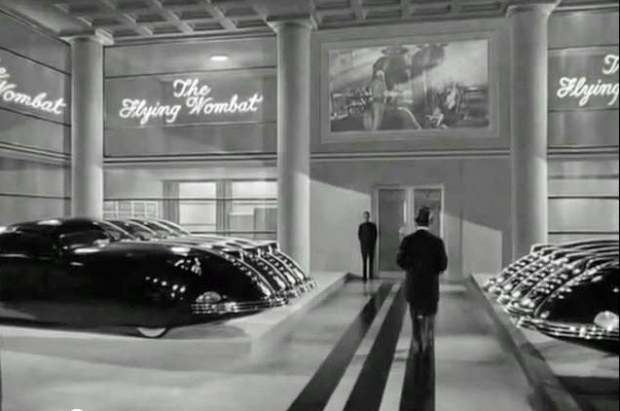
One of the most spectacular cars that appeared in 1938 was The Flying Wombat- "The Car that Thinks for You."
This futuristic automobile made a splash in the 1938 movie "The Young in Heart" starring Douglas Fairbanks, Jr., Paulette Goddard, Janet Gaynor, and Billie Burke. In reality, as seen in this clip, The Flying Wombat was the unique 1938 Phantom Corsair.
Enjoy,
Howard Kroplick
Our next poll is looking for the best pizza in Nassau County. Nominate your favorite pizzeria in the Comments section.
1938 PHANTOM CORSAIR The 1st "Car of the Future"!!!
When the first real "Car of the Future" appeared to the public?
I guess it happened in a 1938 movie called "The Young ln Heart". The name of the car in the film is "Flying Wombat" but in the reality this streamlined black beast is a Phantom Corsair, a six-passenger coupe that was designed by Rust Heinz, a member of the H. J. Heinz family, and Maurice Schwartz of the Pasadena, California based Bohman & Schwartz coachbuilding company. Heinz planned to put the Phantom Corsair, which cost approximately $24,000 to produce in 1938 (approximately $400,000 in 2008 dollars) into limited production at an estimated selling price of $12,500. However, Heinz's death, shortly after the car was completed, ended those plans. The automobile was featured as the "Flying Wombat" in the David O. Selznick film The Young in Heart (1938) starring Douglas Fairbanks, Jr., Paulette Goddard, Janet Gaynor, and Billie Burke. Heinz and his car were also featured in a segment of the Popular Science film series in 1938.
The other "Flying Wombats" we see in the showroom sequences were just static copies of the car, probably made of wax.The unique 1938 Phantom Corsair now resides in the National Automobile Museum (The Harrah Collection) in Reno, Nevada.
With a height of only 147 cm (58 in.), the steel and aluminum body had no running boards, fenders or door handles. Instead, the doors could be opened using buttons located on the outside and on the instrument panel. To match the advanced design, Heinz chose the most advanced chassis available in the United States at that time to fit the body onto, the Cord 810. The V8 engine equipped Cord also featured front wheel drive and an electrically operated four-speed gearbox, as well as a fully independent suspension and adjustable shock absorbers. To accommodate the large body, various changes were carried through on the chassis. The car's lower frame was made of chromoly steel and the upper frame was constructed of electrically welded aviation steel tubing. Power for the 2-ton / 4500 lb. (2000 kg) Phantom Corsair came from a modified Cord 810 Lycoming 8-cylinder unit, supercharged by Andy Granatelli to produce about 190 hp. The aerodynamic body enabled the car to reach speeds of up to 115 miles per hour (185 km/h), not bad at all for 1938.
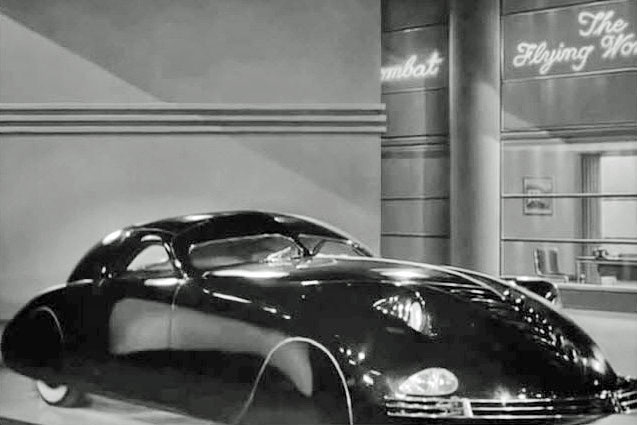
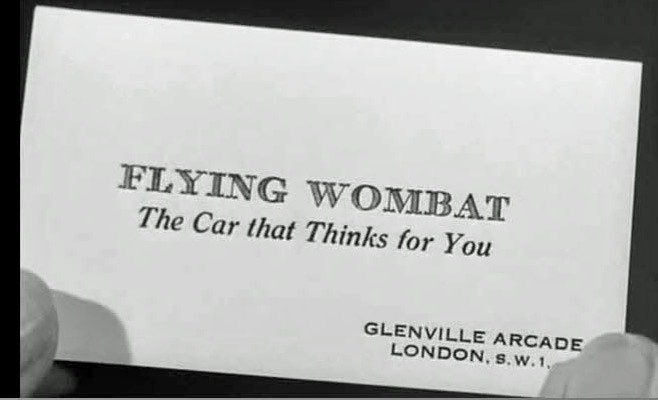
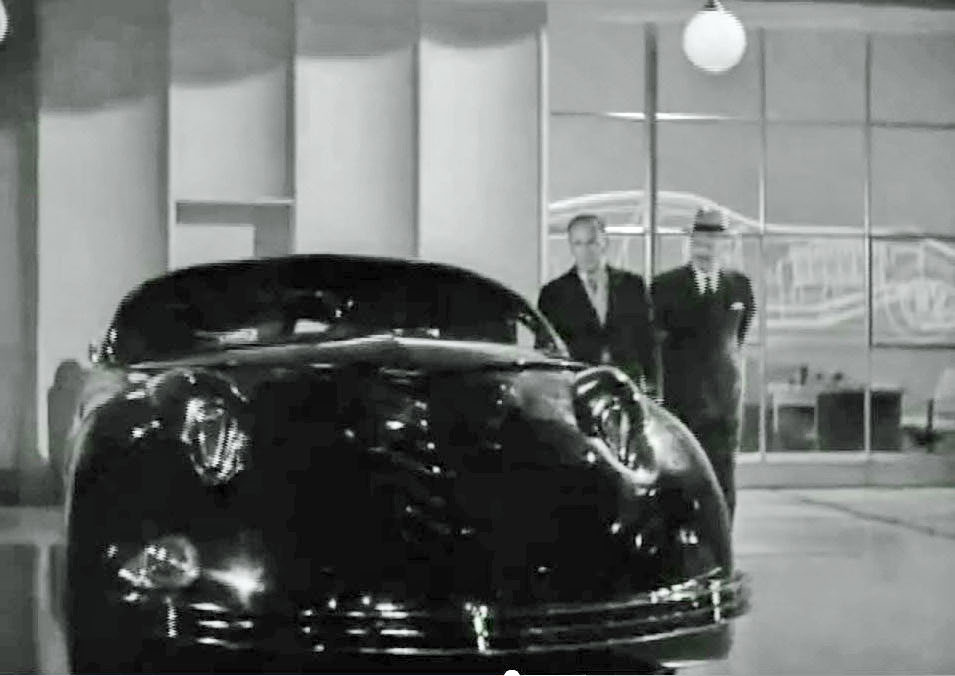
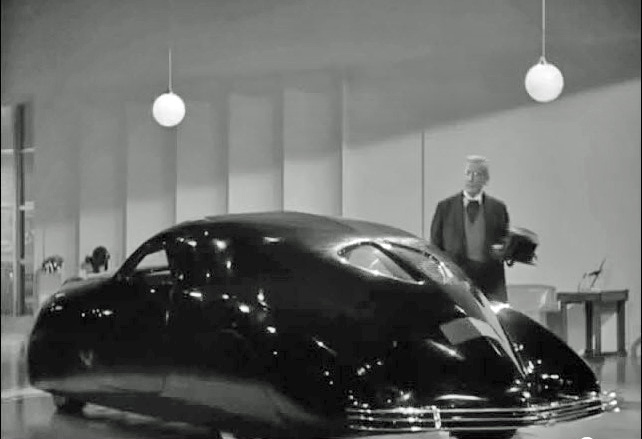

Comments